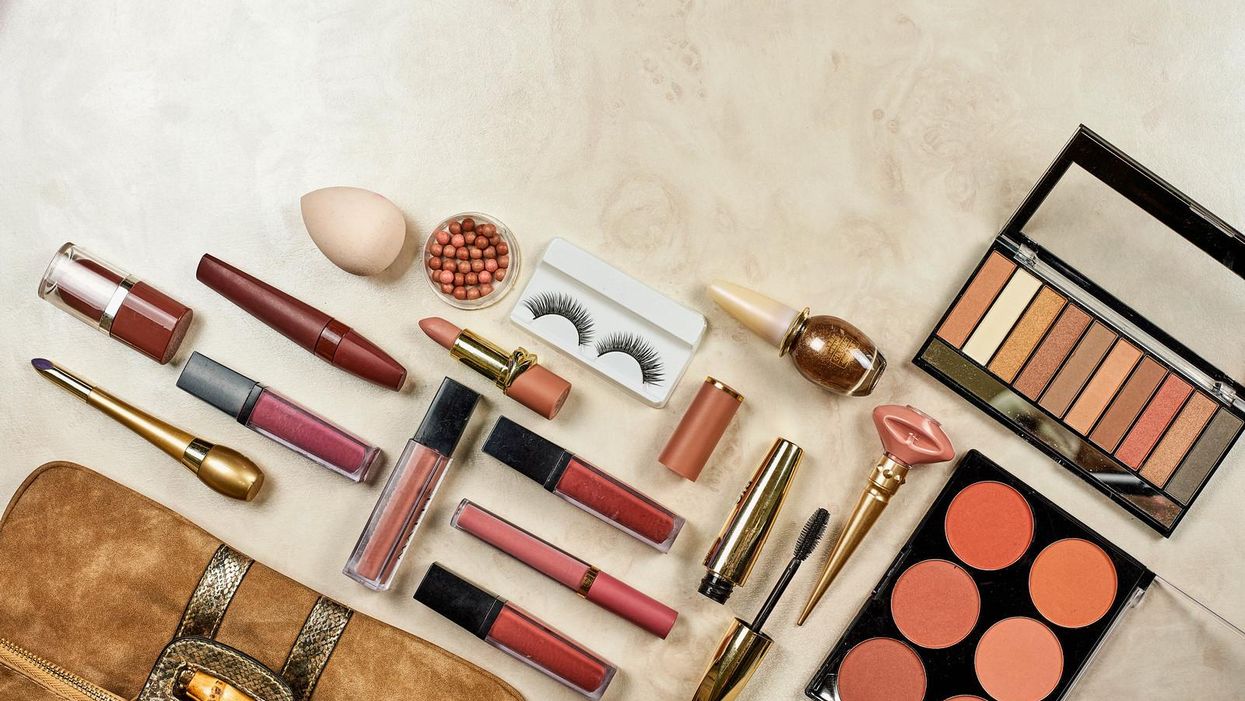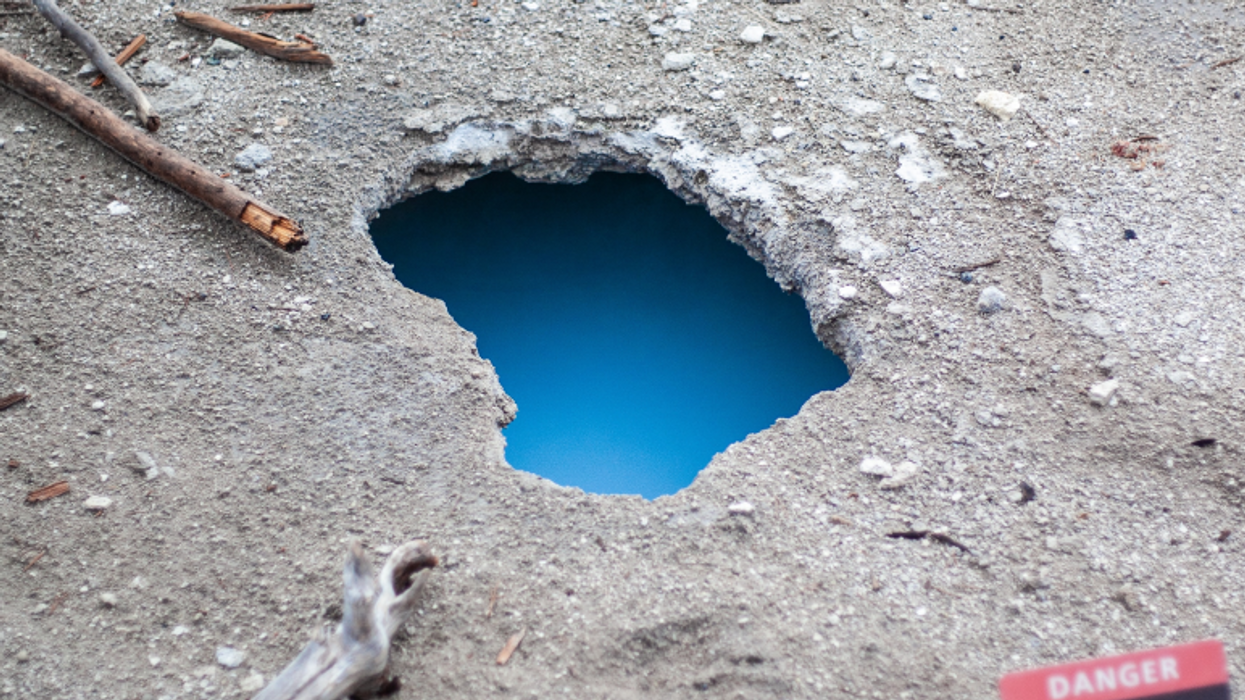As retailers look to grow selection, they have an eye for beauty.
With the category rising among shoppers amid the return to in-person activities and ecommerce platforms looking to grow into new verticals, retailers that built their initial business in verticals like fashion and even consumer electronics are adding beauty in 2022.
At a time when digitally native brands are increasingly eager to add new channels both online and brick-and-mortar realms, the moves offer a sign that retailers are seeking out new kinds of products to bring to their shelves, too.
Moda Operandi is the most recent platform to move into beauty. On Monday, the luxury fashion-focused ecommerce platform indicated it will begin launching beauty products in skincare, makeup and fragrance later this year, WWD reported.
“Beauty is the logical next step for Moda,” said Moda Operandi Cofounder and Chief Brand Officer Lauren Santo Domingo, in a statement. “Our customer comes to us for our curated point of view on personal style across fashion, fine jewelry and home. With the launch of this category, Moda will become a complete lifestyle destination.”
Serving as beauty director will be Jessica Matlin, the former Harper’s Bazaar’s beauty director and current cohost of the Fat Mascara podcast. She said in a statement to WWD that Moda’s approach would include a “thoughtful mix of content and commerce centered around exclusive access, elevated editorial, and brand discovery.”
This launch comes closely on the heels of a splash into beauty by luxury retail platform Farfetch. The three-part launch included curated products and community across Farfetch.com and Browns, as well as a new fragrance collection from the label Off White.
Best Buy, which is synonymous with electronics, is also making a move into the space in its own way, as well. The company announced that nearly 300 stores and BestBuy.com now have a collection of nearly 100 skincare devices available. These include the portable facial massage device TheraFace Pro, as well as products from brands like Foreo, Vanity Planet, and PMD Beauty.
The approach keeps Best Buy’s core focus on technology in the mix, but shows an interest in growing the category mix. It came as part of a broader expansion, as the retailer also added products in outdoor living and etransportation.
Best Buy made previous moves into health with the prior acquisitions of home care technology platform Current Health and aging-focused emergency response provider Great Call. This shows an approach to add every day products for consumers that lean more toward the wellness side of the equation than health.
While each example has its own specifics and internal machinations involved, when considered together they offer a look at the opportunity that exists when brands and retailers have a willingness to cross previously-drawn vertical lines, and lean into strengths as curators of products that appeal to customer tastes.
As is the case with many trends, there are likely a number of overlapping factors at play that can explain why this is happening, rather than a single, elegant answer.
With their moves into beauty, Farfetch and Moda are expanding into a category that is adjacent to their initial offerings in fashion. Farfetch’s announcement pointed out the crossover potential between the two categories, both when it customer interests and the integrated experience it can offer through its online community and virtual try-on tools.
There’s untapped market potential, too. Farfetch also pointed out that the $69 billion luxury beauty market is the second largest within the global personal luxury market as a whole, behind leather goods. As WWD points out, the luxury ecommerce space is also growing. Brands and retailers that long prioritized an elevated in-store experience are upping their digital presence. Ecommerce platforms bring the ability to easily offer more choice, and pushing into new categories can be one way to expand the number of options.
At the same time, beauty as a broad category is showing growth. According to data from the NPD Group, the US prestige beauty category grew to $22 billion in 2021, which was 30% growth over 2020 and above 2019 levels. Fragrance was the top-selling sub-category in 2021, while makeup and hair products returned to growth amid reopening, NPD states.
In the first quarter of 2022, the beauty and personal care category had a 29% year-over-year increase in sales, according to the Q1 2022 INFORM Report from Tradeswell, which draws on data from direct-to-consumer platforms and marketplaces to offer a look at trends in multichannel ecommerce.
Beauty stands poised to continue to show strength as the return of more in-person activities brings routines, upkeep of appearance and the expression of beauty back to daily life.
Estee Lauder, which owns brands like MAC, Clinique and Bobbi Brown, characterized this shift as ushering in a “makeup renaissance” last year. As its recent earnings call showed the company had better than expected organic sales growth of 9% for the three-month quarter ending in April 2022, executives suggested this period was continuing.
"We envisioned the category would experience a recovery driven by both restocking as well as a renaissance rooted in a renewed passion for the joy and creativity of makeup after a difficult time," CEO Fabrizio Freda said on the earnings call. "Even with the rise of the Delta and Omicron variants, the makeup renaissance has delivered very favorable trends and offers great promise for the future."
Beauty is also playing a big role as DTC companies look to add brick-and-mortar channels amid the return to in-person retail. Ulta Beauty announced deals to add brands like Hally Hair, Mielle Organics and sk*p in recent weeks, while haircare brand Sunday II Sunday is launching its latest product straight into Ulta while bypassing its own website, Retail Dive reported.
Beauty is even serving as a springboard for additional growth at stores that already had a well-established foothold in the category. Beauty products are a linchpin of "shop-in-shops," where retailers set up a mini-store with curated products from another store owner on their floor. Ulta is set to expand the number of “shop-in-shops” it has within Target stores by 250 in 2022, with a goal of hosting 800 total. Beauty and personal care products retailer Sephora, meanwhile, is growing a similar model inside Kohl’s stores, with plans to add 850 locations in 36 states.
“In stores where we’ve added an Ulta Beauty experience, guests are buying incremental items from the assortment, while continuing to shop the beauty brands they’ve loved at Target for years and adding more to their baskets in complementary categories,” said Christina Hennington, executive vice president and chief growth officer at Target, in a February announcement.
With increased interest in the category and a multitude of expansion strategies, don’t be surprised to see beauty products keep popping up in places you might not expect. With more demand and a growing number of possible channels, brand leaders should be on the lookout for unique partnership opportunities that could arise as a result.













